[Here’s a link to other forays around my map.]
“Be blown on by all the winds. Open all your pores and bathe in all the tides of Nature, in all her streams and oceans, at all seasons. Miasma and infection are from within, not without.” – Thoreau
‘March month of “many weathers”‘, I grumble a bit of John Clare to myself, sheltering beneath a church’s lych gate from a sudden shower. (Lych is derived from the Old English ‘lich’, meaning corpse. They were meeting places and shelters for the party bringing a corpse for burial, and for the priest to receive the corpse. Although some had been built earlier, the 1549 Prayer Book required the priest to meet the corpse at the churchyard entrance. This encouraged the provision of lych-gates to shelter the corpse and the funeral party for that purpose.) The mad March days of rain then sun then wind then rain then breakfast. Yesterday I spent all the beautiful sunshine working on a book and looking forward to today’s map exploration. Assuming that today would also be mild and warm was foolish!
We know to expect March winds – especially at the beginning of the month – for as the old saying goes: “March comes in like a lion and goes out like a lamb”. Our ancestors welcomed thunder in March, as it is supposed to lead to a fruitful harvest (‘When March blows its horn, your barn will be filled with hay and corn’). At least that’s the opinion of the Germans. However, the French and Portuguese beg to differ, suggesting that thunder will only bring sorrow for the rest of the year.
I can never resist wandering round a churchyard looking at the dates and inscriptions on the gravestones. One felt apt for this Single Map project,
I like biographical graves, I have decided. The ones that tell a little about the life lived in the dash between the birth and death dates. ‘For many years a well respected local veterinary surgeon.’ ‘Loving mum, nurse, entrepreneur, publican.’
A few graves were completely smothered beneath colourful plastic flowers. Another, with a cut bunch of daffodils, missed ‘Big Dave’. One fresh grave bore a wreath from the Kano State Government in Nigeria. Intrigued, I Googled the name of the lady buried here in blustery England, far from the millet and sorghum fields on northern Nigeria. But all I could find about her were links to the expired video streams of her funeral via Zoom.
A different global drama to the one that claimed the life of an 18-year old training pilot from this tiny village whose grave lay nearby with a red ceramic poppy propped up beside it. George’s brother, Alfred, was killed in Germany in the final few months of the war. The pilot was killed in a collision near Oxford with another trainee from the beautiful Deep Cove inlet in British Columbia. I thought of the terrible reverberations of that war, rolling all the way around the globe, as I came across the gravestone of the young lad’s father.
For some reason, however, I find graveyards uplifting rather than upsetting. One grave bore the psalm ‘I will lift up my eyes unto the hills’ and another celebrated ‘a generous and respected friend’ which seemed like a fine epitaph to aspire towards. And a cautionary admonishment to make the most of my days came from April 19th, 1786 (the year Wall’s sausages began, I learn!):
Stop traveller, and cast an Eye
As you are now so once was I.
As I am now so must you be
Therefore prepare to follow me.


The church lay in the foot of a valley, so I dropped into a low gear as I cycled up through the village in the rain, past a bungalow called SUNSET TOWERS and a pristine white picket fence and privet hedge combo. A long footpath led up to a wood, but like so many on my map it was a cheerless affair, a claustrophobic tunnel lined with tall fence panels and barely wide enough for my handlebars. Up in the wood, however, I enjoyed how green it felt due to thick growth of ivy and clusters of holly. With shiny evergreen leaves and bright red berries, holly trees are a naturally festive decoration seen throughout the Christmas season. They’re famously sharp. But not all holly leaves are prickly, even on the same tree. And scientists now think they know how the plants are able to make sharper leaves, seemingly at will. A new study suggests leaf variations on a single tree are the combined result of animals browsing on them and the trees’ swift molecular response to that sort of environmental pressure. All of the leaves on a tree are genetic twins and share exactly the same DNA sequence. By looking in the DNA for traces of a chemical process called methylation, which modifies DNA but doesn’t alter the organism’s genetic sequence, the team could determine whether leaf variation was a response to environmental or genetic changes. They found a relationship between recent browsing by animals, the growth of prickly leaves, and methylation.
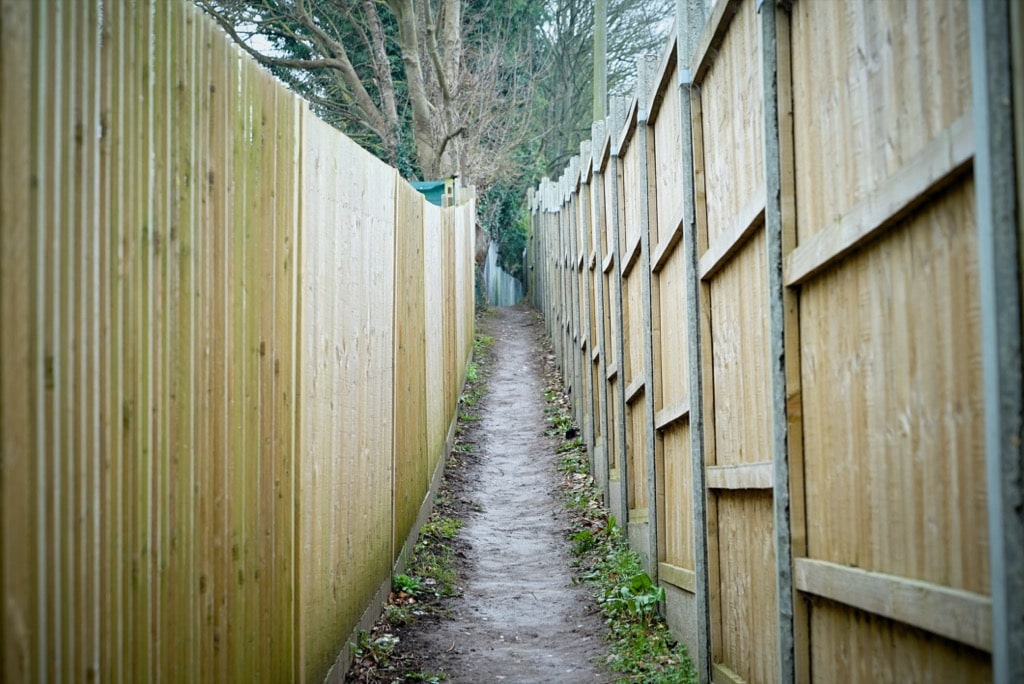
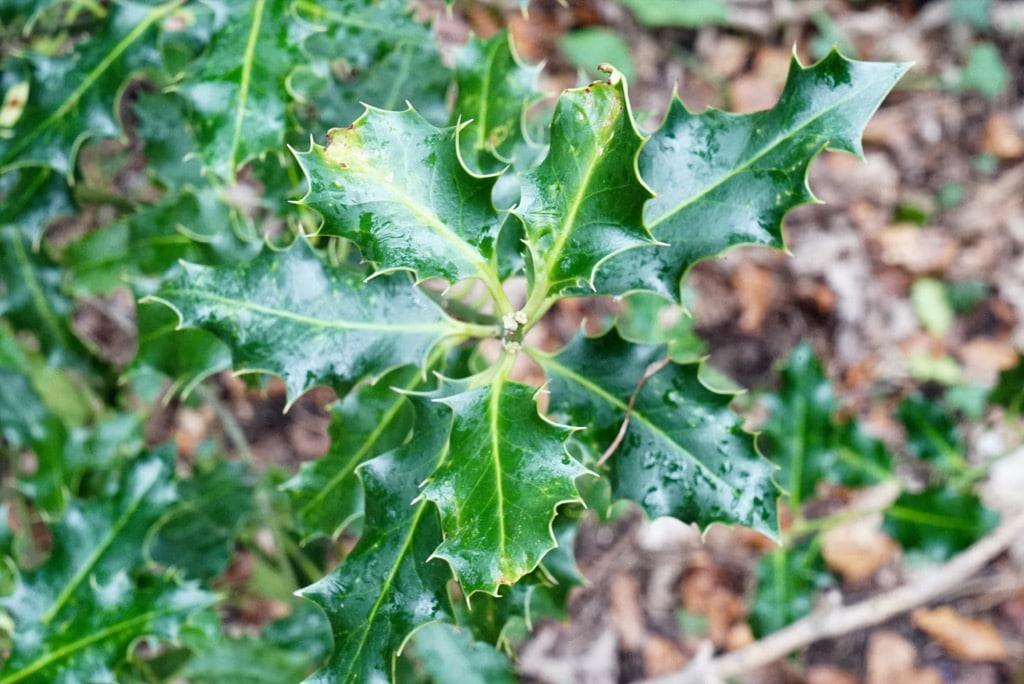
As always happens, I noticed my mood lightening as I strolled around the wood, particularly in an airy clearing resulting from a huge fallen tree. The diameter of its root system (now pointing skyward rather than flat on the ground) was around three metres, yet less than a metre thick. The green shoots of bluebells have sprouted recently, as too have the delicate white-pink blossom on cherry trees and blackthorn bushes. (The difference between blackthorn and hawthorn? Blackthorn blossoms before its leaves emerge, hawthorn does it the other way round.)
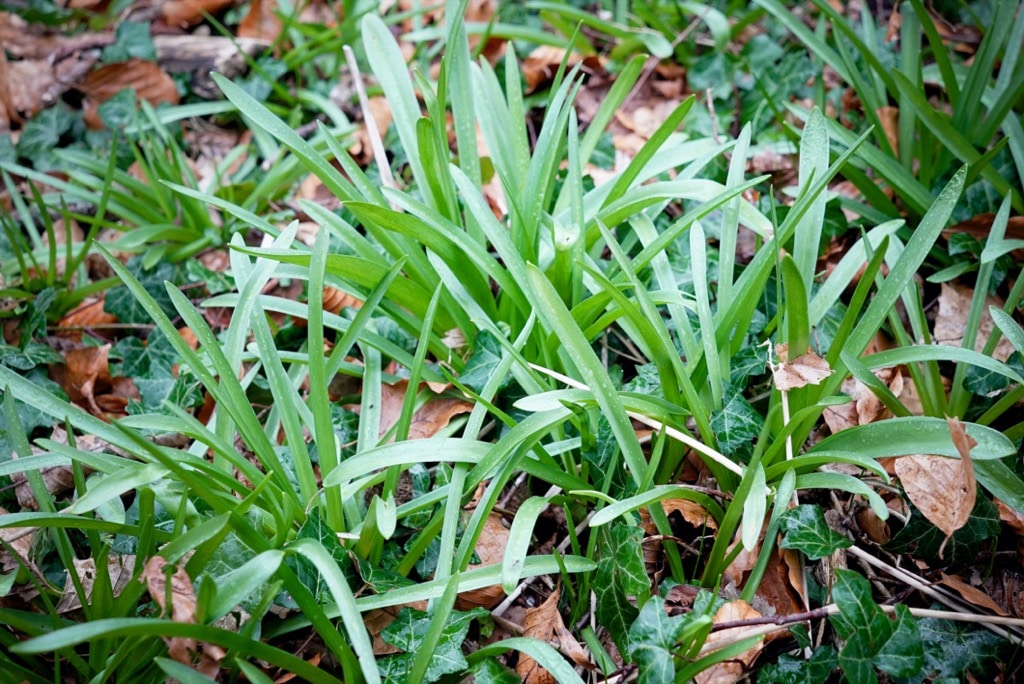
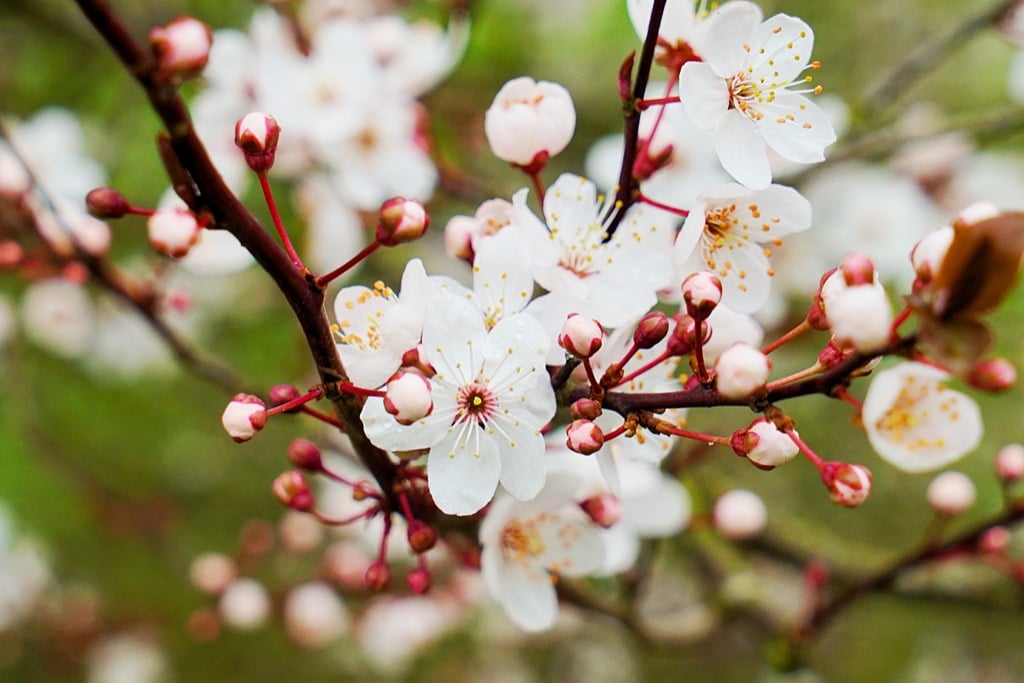
The cherry blossoms, known in Japan as sakura, are well know around the world for their radiant, delicate. and transient beauty. However they are more than simply beautiful trees, as the sakura have powerful ties to Japan’s history, culture and identity. Originally used to divine the year’s harvest, Sakura came to embody Wabi-sabi philosophy and shinto ideals of impermanence, hope and renewal and are now one of Japan’s most iconic natural symbols. For many Japanese, the blooming of the cherry blossom trees symbolizes human life, transience and nobleness. The Japanese love to celebrate and cherish the cherry blossoms trees during the limited flowering period and many people hold ‘flower watching’ parties known as hanami.
The blossom petals drifted in the wind like snow as I emerged from the wood onto an expanse of playing fields. The cold wind roared in the bare tree branches. The pitches were deserted now, early on this rainy lockdown weekday, with all the cricket sight-screens gathered together in one corner. I looked forward to these fields once again being busy with the noise and colour of sports matches.
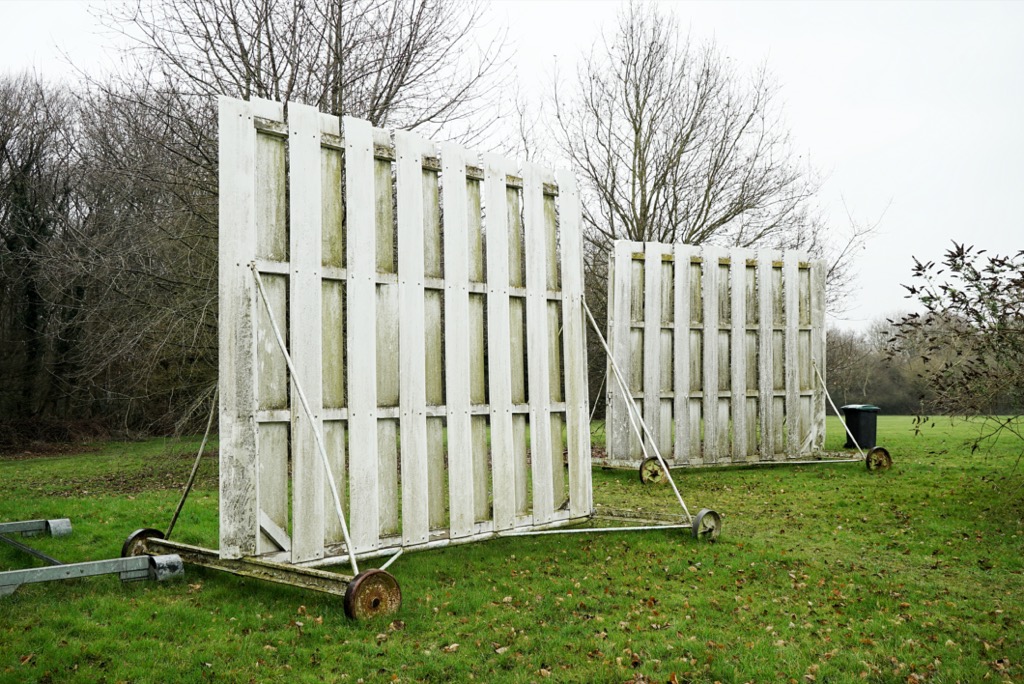

I dropped back down into the valley that ran the length of today’s grid square then pedalled up the other side, lamenting my lockdown fitness as I huffed and puffed in bottom gear. I was riding so slowly that I had time to notice a plump bumblebee busying itself around a hole by the road. That’s early, I thought. Correct. One of our prettiest and smallest bumble bees, the Early bumblebee has a bright orange tail and lemon-yellow bands on its body. It is very common and can be found in all kinds of habitats in early spring. Early bumblebees nest underground in colonies of fewer than 100 workers, often using the old nests of small mammals. They may also nest in in old birds’ nests, tree holes or bird boxes. As the common name suggests, the queens emerge from hibernation early in the year, between March and May.
The story of bumblebees over the past century has been one of decline. Two species became extinct in the UK during the 20th century: Cullum’s bumblebee (Bombus cullumanus) last seen on the Berkshire Downs in 1941, and the Short-haired bumblebee (Bombus subterraneus), last seen at Dungeness in 1988 and officially declared extinct in 2000. A further eight species (a third of the remaining species) are currently listed on at least one of the English, Welsh and Scottish conservation priority species lists due to their large-scale declines in distribution.
These declines have occurred mainly because of large-scale changes to the way the countryside is managed. First the mechanisation of agriculture, then later the public demand for cheap food, the need for ever-greater quantities of food and crops, and the increasing reluctance to buy ‘wonky’ fruit and vegetables have conspired to hugely reduce the nationwide density of the flowering plants that bumblebees feed on, as well as the sheltered corners that they nest and overwinter in.
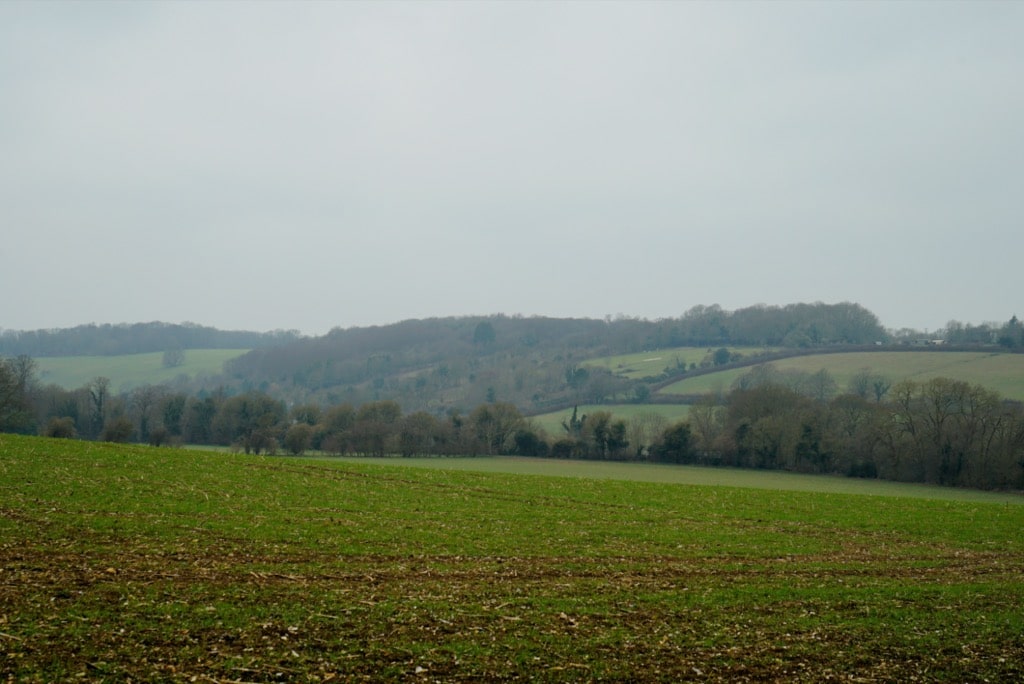
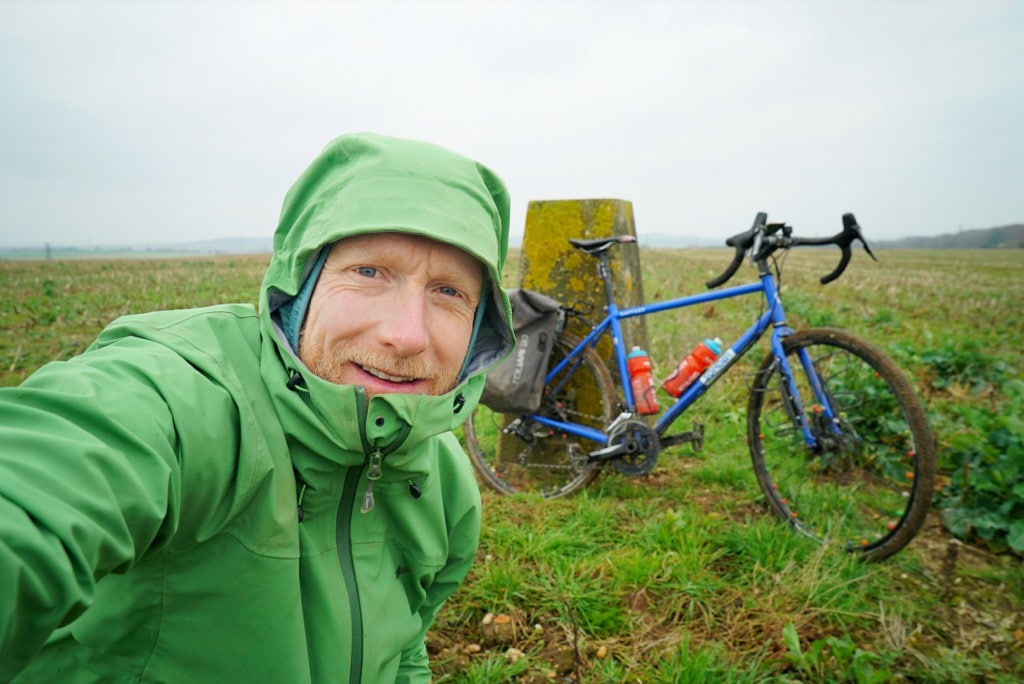
I was battling intrepidly up this hill (a sharp ascent of all of 30 vertical metres) to reach the very first trig point that I have found on my map so far. Having not been up a proper hill or mountain for a whole year it felt like meeting an old friend again as I patted the concrete block a whopping 110 metres above sea level in the middle of a muddy harvested cornfield.
The trigpoint was first used in the retriangulation of Great Britain on 18 April 1936. On that day, a group of surveyors gathered around a white concrete pillar in a field in Cold Ashby and began the retriangulation of Great Britain. In the early 20th century, map making was still based on the Principal Triangulation which was a piecemeal collection of observations taken between 1783 and 1853. The system was starting to collapse and couldn’t support the more accurate mapping needed to track the rapid development of Britain going on after the Great War. He designed them to provide a solid base for the theodolites used by the survey teams to improve the accuracy of the readings obtained. If you haven’t come across it before, triangulation works by determining the location of a point by measuring angles to it from known points at either end of a fixed baseline and in this case, those known points were the 6,500 + trig pillars erected across the country. In practice, a theodolite would have been secured to the top mounting plate and made level. It would then be directly over the brass bolt underneath the pillar. Angles were then measured from the pillar to other surrounding points. For the highest accuracy primary points in the retriangulation, many rounds of angles would have been measured with the observations taking several hours. But time and technologies have moved on enormously to the point where the traditional trig pillar is now obsolete in its original guise.
Needless to say, bagging trigpoints has become a fixation for a few folk. Uber bagger Rob Woodall has become the first person to visit every one of them, finishing his round of 6190 British trig points on Benarty Hill in Fife. Mr Woodall‘s one-man mission has taken him from Britain’s most southern tip at Lizard Point in Cornwall, where the pillar sits beside a lighthouse, up to the island of Unst in the Shetlands. He climbed the 4,413ft Ben Nevis to tick off the highest trig point in the UK and trekked across the Norfolk countryside to reach the station at the River Little Ouse, which is one metre below sea-level and is the lowest. He campaigned for two years to get permission to access a pillar located within the privately-owned Fort Borstal in Rochester, Kent. He said, “Now I have finished I will carry on walking but won’t visit anymore trig points. I’m not sure what I will do next but I’m not sure I could ever take up stamp collecting.”
I pulled my hood up against the cold wind and looked around. I had a fine view not only of the whole of today’s grid square, but also many of the other ones that I have visited so far. I enjoyed being able to piece them together like a puzzle, my understanding of this local landscape already much deeper and more thorough since I began properly paying attention to the map that I live on.
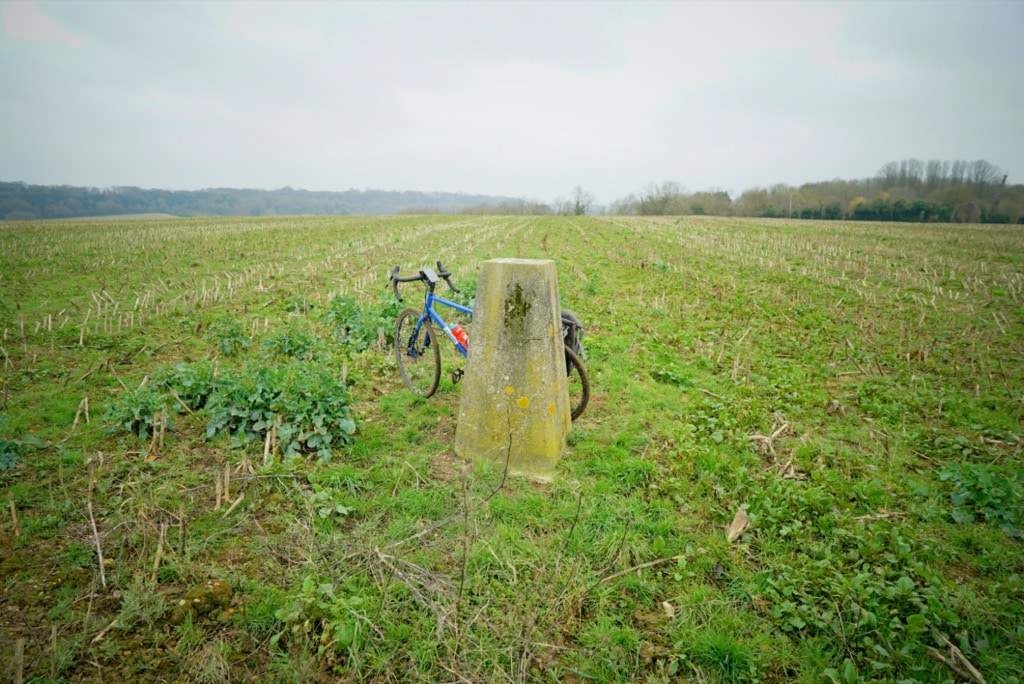



Comments